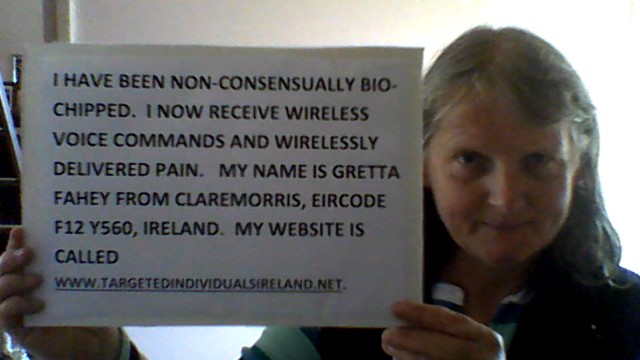Read more “CON-Edison: Major power outage strikes Manhattan, New York”
Author: digigod
Cyclist runs for his life after electric bike explodes in a fireball under his bum
Cyclist runs for his life after electric bike explodes in a fireball under his bum
A CYCLIST ran for his life when his electric bike exploded in a fireball under his bum.
The lithium battery burned for half an hour as explosions sent shrapnel whizzing through the air.
Read more “Cyclist runs for his life after electric bike explodes in a fireball under his bum”
Banking on Climate Change – Fossil Fuel Finance Report Card – 2019
Gretta
ELECTRIC BICYCLES and FIRES Dangers of Lithium-Ion batteries used in the majority of electric bikes (e-bikes) ADVISORY
28,690 viewsJul 7, 2019, 04:22am Philadelphia Attacked For Using ‘Sonic Weapon’ To Keep Kids Away From Parks
City officials in Philadelphia are under attack for their increasing use of an acoustic deterrent—described by a local councilwoman as a “sonic weapon”—to keep the city’s children and young adults away from certain recreational areas at night.
Former Gang Stalking Private Security Spills on Program!
Taxing energy use – Fossil fuel subsidies
Fossil fuel subsidies
Monaco’s Mediterranean Expansion
Monaco’s Mediterranean Expansion
HOW TO READ BAR CODES
HOW TO READ BAR CODES
|
ALWAYS READ THE LABELS ON THE FOODS YOU BUY–NO MATTER WHAT THE FRONT OF THE BOX OR PACKAGE SAYS, TURN IT OVER AND READ THE BACK! With many of the food and pet products now coming from China it is best to make sure you read labels at the grocery store, and especially Walmart when buying food products. Many products no longer show where they were made, and only give where the distributor is located. It is important to read the bar code to track it’s origin. GREAT WAY TO “BUY USA & CANADA “ AND NOT FROM CHINA!! If the first 3 digits of the barcode are 690 691 or 692, the product is MADE IN CHINA. 471 is Made in Taiwan .
Nowadays, Chinese businessmen know that consumers do not prefer products “MADE IN CHINA”, so they don’t show from which country it is made.
However, you may now refer to the barcode – remember if the first 3 digits are: BUY USA & CANADIAN MADE by watching for “0” at the beginning of the number. |
Largest earthquake in decades hits Southern California, measuring 6.4 magnitude JULY 4, 2019
Facebook’s new cryptocurrency could really change the world
There was no mention of Bitcoin in Facebook’s announcement about Libra, the company’s forthcoming digital currency, or the white paper explaining how it will work. However, it was cited in the accompanying technical documents as both a reference point and an example of what Libra will not be.
Read more “Facebook’s new cryptocurrency could really change the world”

